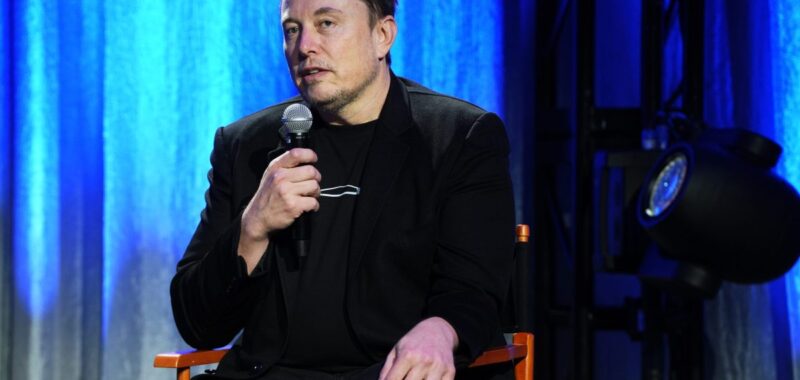
Tesla drivers who bought the carmaker’s Full Self-Driving software package can soon look forward to an entire year without ever reaching for the steering wheel once, Elon Musk says.
The Tesla CEO is staking his credibility as a tech disruptor on his AI and robotics plans, which are expected to be revealed on Oct. 10. Next Thursday in Los Angeles, Tesla will unveil its CyberCab robotoxi—“one for the history books” according to Musk. It will be the company’s first new vehicle concept since the Cybertruck in November 2019.
Now, though, he is promoting the self-driving in his company’s current cars.
“FSD will soon exceed 10,000 miles between critical interventions, which is a year of driving for most people,” he posted on Thursday.
It’s a bold claim to say the least, even if he qualified it by adding the nebulous timeframe of “soon”.
At present, there’s no empirical evidence to support any such conclusion apart from anecdotal accounts from Tesla influencers that benefit financially from supporting Musk on social media.
Tesla doesn’t release any information, and the only semi-reliable independent data suggest a Tesla with the latest software cannot drive longer than 125 miles before a driver has to intervene. This comes from a crowdsourced site that tracks disengagements for U.S. Tesla owners who volunteer the information to benefit the community.
Musk, who did not reply to a request for comment, began promising Teslas were self-driving in late 2016, in a now infamous video that claimed the software merely needed to be fine-tuned (it has since been taken down, with a lead engineer telling a court the video was in fact doctored at Musk’s request).
Only a matter of time?
Musk is renowned for being unrealistically optimistic about the timetable for solving unsupervised full self-driving. When TED’s Chris Anderson called him out in April 2022 for his repeated promises that failed to pan out, Musk shrugged the question off as if it was immaterial. “I don’t want to blow your mind, but I’m not always right.”
But this time there’s mounting confidence it’s merely a matter of time, thanks in in part to the remarkable advances in AI over the past couple of years.
The clearest evidence has come with the launch of FSD v12, the first iteration to do away with heuristic commands in C++ programming code entirely in favor of an end-to-end neural network that takes in visual data, processes it in real time though its AI inference chip onboard and pilots the car.
This suggests improvements now are not a question of choosing the right method or strategy, but merely a function of the speed at which he can train his AI model. And here Musk plans to outspend the competition with $10 billion earmarked for this year alone on better AI training and inference.
Tesla has also recently shipped an advanced automated feature called Actual Smart Summon, in which a Tesla can maneuver itself through a crowded parking lot without any driver behind the wheel—like a true robotaxi, even if a parking lot is a more controlled environment featuring lower speeds and less risk of serious injury.
As a result, excitement has been building, with some speculating McDonald’s plans to launch a food delivery service using Tesla robotaxis, after its official account posted a teaser photo mentioning the date. Not only did Musk respond, but he started following the company’s senior marketing director, Guillaume Huin, on X.
Musk needs a win after his third-quarter car sales only broadly met consensus expectations on Wednesday, not enough for a stock that has soared 44% over the past six months.
Data Sheet: Stay on top of the business of tech with thoughtful analysis on the industry’s biggest names.
Sign up here.

